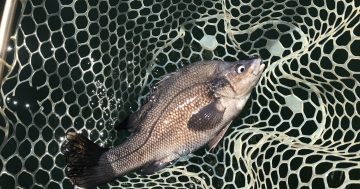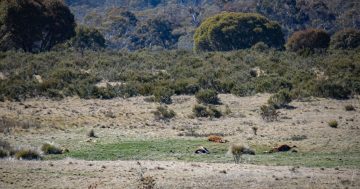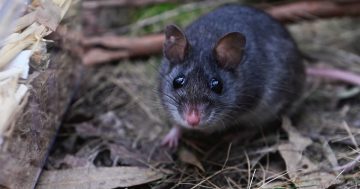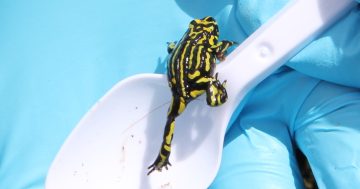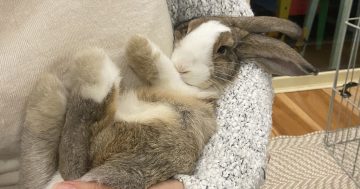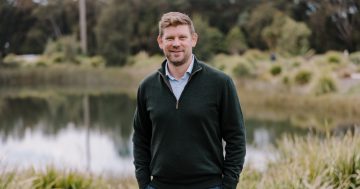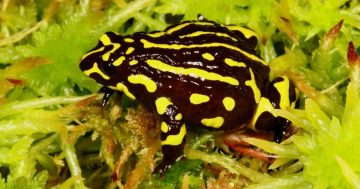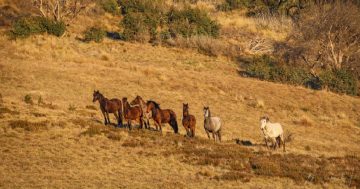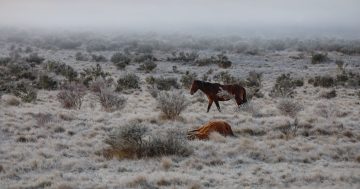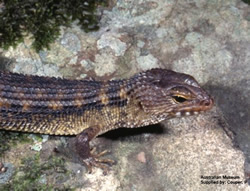 The Department of Environment and Science (DES) is trialling a captive breeding program to help bring a critically endangered reptile back from the brink of extinction.
The Department of Environment and Science (DES) is trialling a captive breeding program to help bring a critically endangered reptile back from the brink of extinction.
Numbers of the Nangur spiny skink have dwindled to around 3,000 in the wild and now they can only be found at two locations in South East Queensland.
Ecologist at DES, Daniel Ferguson said that in the past four years one of the two populations had declined by more than 60 per cent, even with a range of management actions followed to protect the skinks.
He said 14 adult skinks were relocated to a specialised facility in Brisbane in January to take part in a captive breeding program.
“With the cold weather lately, the skinks are currently inactive inside their burrows under rocks,” Mr Ferguson said.
“They are acclimatising well to their new surroundings which include soil and rocks from their home at the National Park.”
He said the purpose of the trial was to determine the feasibility of captive breeding in order to supplement the wild populations.
“The two populations of skinks represent two distinct genetic lineages and we will not be looking to cross-breed them at this point in time,” Mr Ferguson said.
“If the trial is successful, we will begin breeding skinks from the more critical second population as well.”
He said that while officers had witnessed some mating behaviour in the enclosures, the babies born to date were all conceived in the wild and it was still unclear if the skinks could be bred in captivity.


